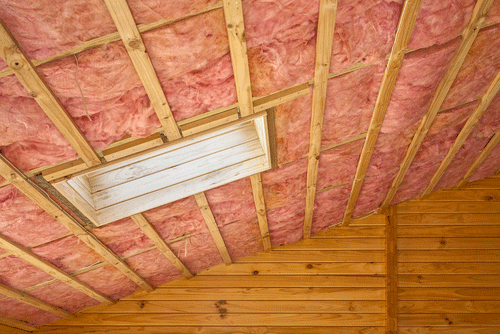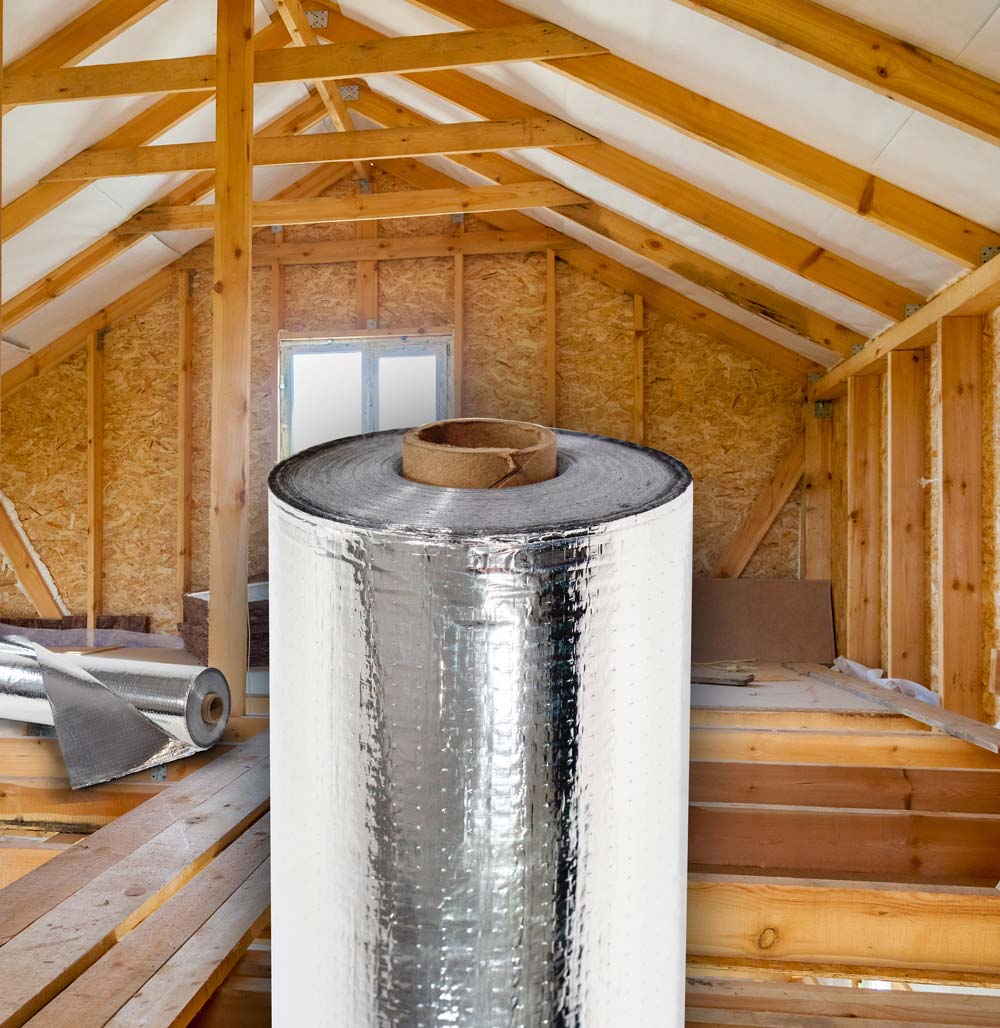The Ultimate Overview to Choosing the Right Attic Insulation DFW Provider
The Ultimate Overview to Choosing the Right Attic Insulation DFW Provider
Blog Article
Discover the Different Kinds Of Attic Insulation and Their One-of-a-kind Advantages for Your Home's Power Effectiveness

Fiberglass Insulation
Fiberglass insulation is among one of the most commonly made use of materials for attic insulation because of its excellent thermal efficiency and cost-effectiveness. Composed of tiny glass fibers, this material efficiently catches air, producing an insulating obstacle that helps maintain regular interior temperature levels. Its high R-value per inch makes it particularly efficient at withstanding warmth transfer, which is essential for power preservation in homes.
Installation of fiberglass insulation is reasonably simple, often readily available in batts or loose-fill kinds, accommodating various attic configurations. Additionally, it is immune and non-combustible to wetness, lowering the risk of mold growth. This sturdiness adds to its longevity, making fiberglass a viable long-lasting investment for homeowners.
In addition, fiberglass insulation is usually manufactured from recycled products, which enhances its eco-friendliness. The material can likewise add to soundproofing, reducing noise transfer between rooms. While it is necessary to put on safety equipment throughout installment to avoid irritation from the fibers, the overall benefits of fiberglass insulation, consisting of energy savings and environmental factors to consider, make it a prominent selection for boosting attic room performance and promoting a comfy living setting.
Spray Foam Insulation
Spray foam insulation is a very reliable alternative for attic room insulation, understood for its exceptional air securing and thermal performance. This cutting-edge insulation product is composed of a combination of isocyanate and polyol resin, which, when incorporated, increases quickly to fill up gaps and dental caries in the attic room area. Its ability to stick to various surfaces makes certain a continual obstacle against air leakages, dramatically decreasing warmth loss throughout chillier months and heat gain during warmer seasons.
Among the crucial benefits of spray foam insulation is its high R-value per inch, which implies it offers exceptional thermal resistance in a relatively thin application. This is especially useful in attics where space is often minimal. In addition, spray foam can aid decrease moisture build-up, decreasing the threat of mold and mildew and mold development, which can be damaging to both the structure and indoor air top quality.
While the first expense of spray foam insulation might be greater than typical alternatives, its lasting energy financial savings, combined with boosted comfort and boosted home value, make it a rewarding investment for house owners seeking improved energy effectiveness. Attic Insulation DFW. Generally, spray foam insulation sticks out as a reliable solution for optimizing attic room insulation
Cellulose Insulation

Cellulose insulation is a preferred option for attic room insulation, mostly made up of recycled paper items treated with fire resistants. This eco-friendly choice is known for its outstanding thermal efficiency, efficiently reducing warmth transfer in both summertime and cold weather. The dense structure of cellulose enables it to fill up gaps and gaps in attic room areas, giving a seamless barrier versus air leakages.
Among the considerable benefits of cellulose insulation is its ability to withstand mold and mildew and insects, owing to the fire resistant therapies used throughout production. Furthermore, it boasts a high R-value per inch, which converts into premium energy effectiveness. House owners can anticipate lower cooling and heating costs as a result of improved insulation.
Installation is typically achieved through blowing loose cellulose right into the desired area, permitting a quick and effective procedure. This approach additionally minimizes disturbance to the existing framework. Moreover, cellulose insulation has a relatively low environmental impact, as its production process uses recycled products, adding to sustainable building practices.
Rock Wool Insulation
Amongst the various choices for attic room insulation, rock wool, also recognized as mineral wool, attracts attention as a result of its excellent thermal and acoustic efficiency. Made from recycled or all-natural materials, rock woollen is created by thawing rock and spinning it into fibers, leading to an item that uses excellent insulation residential properties.
Among the considerable pop over here advantages of rock wool insulation is its high R-value, which indicates its performance in withstanding warm flow. This characteristic not just boosts power performance yet likewise adds to keeping a comfy interior temperature level year-round. Furthermore, rock woollen is naturally fire-resistant, making it a safer option for homes as it can endure heats without melting or releasing harmful fumes.
Furthermore, rock wool insulation excels in soundproofing capabilities, successfully minimizing sound transmission in between rooms and from outside sources. This makes it a suitable option for house owners looking for a serene living environment. Rock woollen is moisture-resistant, aiding to protect against mold development and keeping the structural integrity of the attic room. Generally, rock woollen insulation provides an extensive option for improving energy performance, safety, and convenience in household setups.
Glowing Obstacle Insulation
Glowing barrier insulation functions as a reliable option for minimizing warm transfer in attic rooms, particularly in warmer environments. This kind of insulation works by showing induction heat away from living spaces, consequently lowering the quantity of heat that goes into a home during warm weather condition - Attic Insulation DFW. Usually made up of a highly reflective material, such as light weight aluminum foil, radiant obstacles are set up in attic rooms, encountering the roofing, where they can obstruct inbound warm from the sunlight
The main advantage of glowing obstacle insulation is its capacity to lower air conditioning prices. By reflecting warm rather than absorbing it, glowing barriers can help maintain a more stable interior temperature, lowering the work on a/c systems. This performance converts right into lower energy costs and enhanced comfort for homeowners.
Along with power savings, radiant barriers can also add to improved interior air top quality. By reducing warmth build-up, they assist decrease moisture levels, which can prevent mold and mildew growth and enhance total air flow. When installed properly, radiant obstacle important source insulation can be an important enhancement to any kind of energy-efficient home, making it a deserving consideration for homeowners wanting to improve their attic insulation approach.
Verdict
In verdict, understanding the various kinds of attic room insulation-- fiberglass, spray foam, cellulose, rock woollen, and radiant obstacles-- makes it possible for house owners to make educated choices regarding energy performance. By picking the appropriate insulation material, considerable decreases in power expenses can be accomplished, along with enhancements in indoor convenience.

In conclusion, comprehending the different types of attic room insulation-- fiberglass, spray foam, cellulose, rock woollen, and glowing barriers-- allows house owners to make informed decisions relating to energy performance.
Report this page